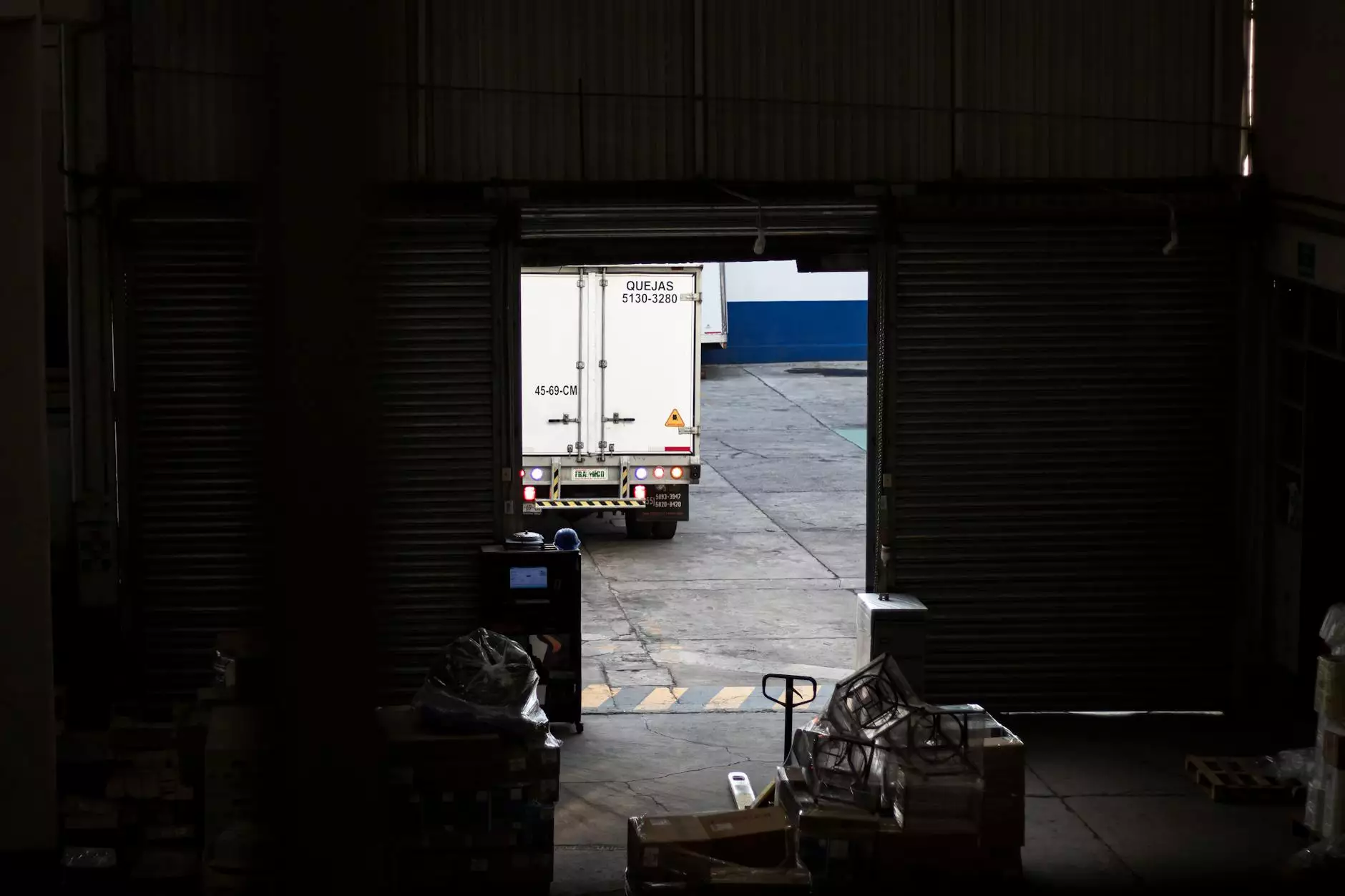Automated Western Blot: Revolutionizing Protein Analysis

The world of biomedical research and diagnostics is constantly evolving, and one of the latest advancements that stand at the forefront is the automated western blot technique. Traditionally, this method of protein analysis has been essential for researchers and clinicians alike, but advancements in technology have transformed it into a streamlined, efficient process that enhances both accuracy and productivity. In this article, we will explore the intricacies of automated western blotting, its benefits, challenges, and its impact on the future of protein analysis.
The Basics of Western Blotting
Western blotting is a widely-used analytical technique to detect specific proteins within a complex mixture. The process generally involves three main steps:
- Separation: Proteins are separated by size using gel electrophoresis.
- Transfer: The separated proteins are transferred onto a membrane.
- Detection: Specific antibodies are used to identify the proteins of interest.
This technique has become a cornerstone in molecular biology, allowing researchers to understand protein expressions, modifications, and various cellular processes. However, while effective, traditional western blotting can be time-consuming, labor-intensive, and subject to human error. This is where automated western blot systems come into play.
What Is Automated Western Blotting?
Automated western blotting significantly streamlines the traditional process, replacing manual tasks with advanced robotic systems. This integration of automation can perform tasks such as sample loading, gel electrophoresis, transfer, and antibody incubation with minimal human intervention.
Key Features of Automated Western Blot Systems
Automated systems offer several key features that enhance the overall process, including:
- High-throughput capability: Automating multiple samples simultaneously increases the throughput of experiments.
- Consistent results: Automation minimizes variability associated with manual techniques, ensuring reproducibility.
- Time-saving: Increased efficiency allows researchers to focus on data analysis rather than sample preparation.
- Advanced imaging capabilities: Automated systems often integrate sophisticated imaging technologies for precise quantification of protein bands.
The Benefits of Automated Western Blotting
The shift towards automated western blot systems presents numerous benefits, especially for laboratories aiming for efficiency and accuracy. Here are some of the salient advantages:
1. Enhancing Efficiency
In a typical laboratory setting, the manual execution of western blotting can consume several hours, involving multiple steps that require careful handling. However, automating these processes can reduce the time it takes to perform a complete analysis significantly. Automation allows for uninterrupted workflows, meaning that multiple blots can be processed in parallel without compromising on quality.
2. Improving Accuracy and Reproducibility
One of the critical challenges in traditional western blotting is achieving consistent results across multiple experiments. Human error can lead to variability, but automated systems are designed to replicate protocols with high precision. This consistency is essential for validations and comparisons, making automated western blotting a reliable choice for scientific research.
3. Reducing Reagents and Waste
Automation can also optimize the use of reagents. Automated systems carefully dispense the exact amounts needed, reducing waste and lowering costs associated with biochemical reagents. This not only supports budget management in laboratories but also promotes sustainability in research practices.
4. Data Integration and Analysis
Automated western blot systems often come with software that allows for the seamless integration of experimental data. This software can analyze and quantify results in real-time, providing immediate feedback on protein expression levels. Enhanced data analysis capabilities assist researchers in making informed decisions about their studies.
Applications of Automated Western Blotting
The application of automated western blotting spans across various fields of science. Here are some areas where this automation has proven particularly beneficial:
1. Clinical Diagnostics
In clinical diagnostics, the accurate measurement of protein expression levels can indicate disease states, monitor responses to therapy, and aid in diagnosis. Automated western blotting provides quicker, more reliable results, which is critical in clinical settings where time is often of the essence.
2. Cancer Research
Identifying specific protein markers is crucial for understanding different types of cancer. Automated western blots can handle large sample sizes, essential for studies analyzing diverse tumor types and their protein expressions. The high throughput ensures that researchers can analyze multiple expression levels quickly and effectively.
3. Drug Development
During drug development, understanding how molecules interact with proteins can lead to significant advancements in therapeutics. Automated systems allow drug developers to quickly assess the effects of compounds on protein signaling pathways and make rapid adjustments to experimental design.
4. Basic Research
In fundamental biological research, the ability to analyze protein expression is integral to understanding cellular mechanisms. Automated western blots facilitate rapid growth in the field of proteomics, allowing for comprehensive studies of protein functions and dynamics.
Challenges and Considerations in Automated Western Blotting
While the advantages of automated western blotting are evident, there are still challenges and considerations that laboratories must address:
1. Initial Investment
Implementing automation technology entails a significant upfront investment in equipment and setup. Laboratories must evaluate their budget and determine if the long-term savings and efficiency gains are worth the initial costs.
2. Training and Expertise
Transitioning to an automated system requires staff training and expertise to operate and maintain the technology effectively. Ensuring that lab personnel are well-trained can be critical to maximizing the benefits of automation.
3. Integration with Existing Protocols
Labs may face challenges integrating automated systems into existing workflows. A thorough assessment of current processes and adaption of protocols might be necessary to take full advantage of automation.
Future Directions in Automated Western Blotting
The future of automated western blotting is bright, with researchers continually innovating and improving upon existing technologies. Some exciting trends include:
1. Miniaturization
Future automated systems may focus on miniaturization, allowing for more efficient sample sizes and reducing reagent use even further. This will not only save costs but also foster high-throughput capabilities for even greater analysis of numerous samples.
2. Integration with Advanced Technologies
The combination of automated western blotting with other technologies, such as mass spectrometry and bioinformatics, will enhance proteomic research. This multifaceted approach promises a deeper understanding of proteins and their roles in biological systems.
3. AI and Machine Learning
Artificial Intelligence (AI) and machine learning are making their way into laboratory processes. Automating data analysis and result interpretation can lead to faster and more accurate conclusions, significantly affecting experimental outcomes.
Conclusion
In summary, the adoption of automated western blot systems signifies a monumental leap in protein analysis technology. With benefits spanning enhanced efficiency, accuracy, cost reduction, and comprehensive data integration, automated western blotting is poised to be a game-changer in research and clinical diagnostics alike.
As we continue to push the boundaries of scientific exploration, leveraging automated technologies will undoubtedly unlock new insights into the complex biological systems that underpin life. The ongoing journey toward the full realization of automated western blotting holds incredible promise for scientists and researchers in their quest for knowledge and innovation.









